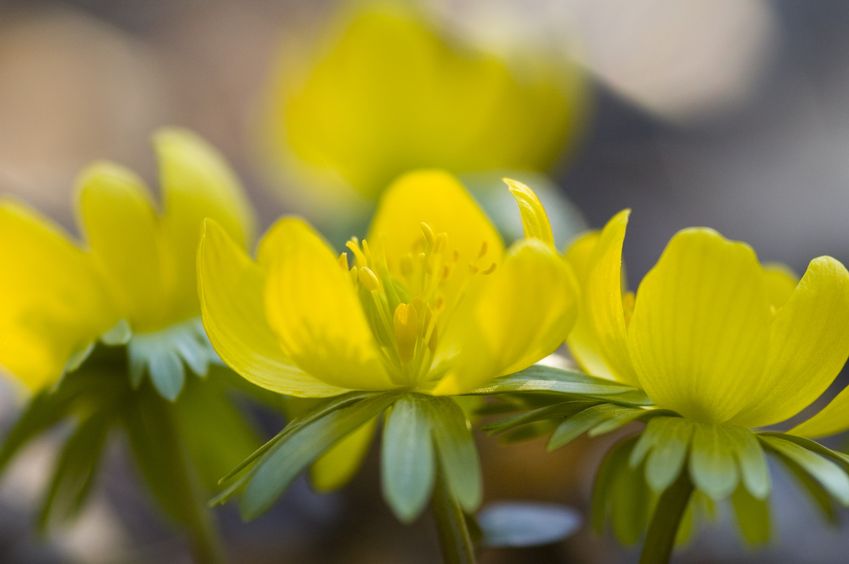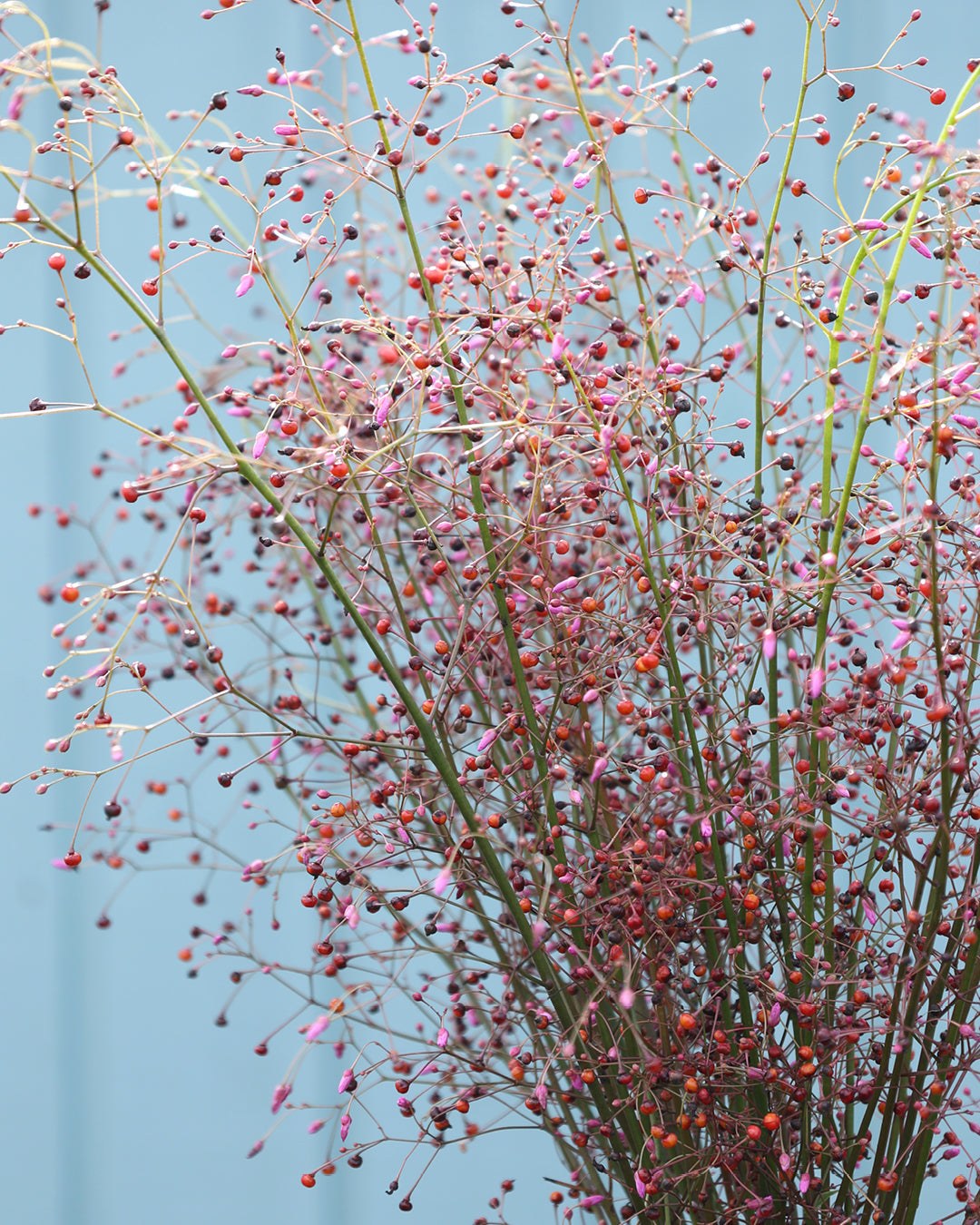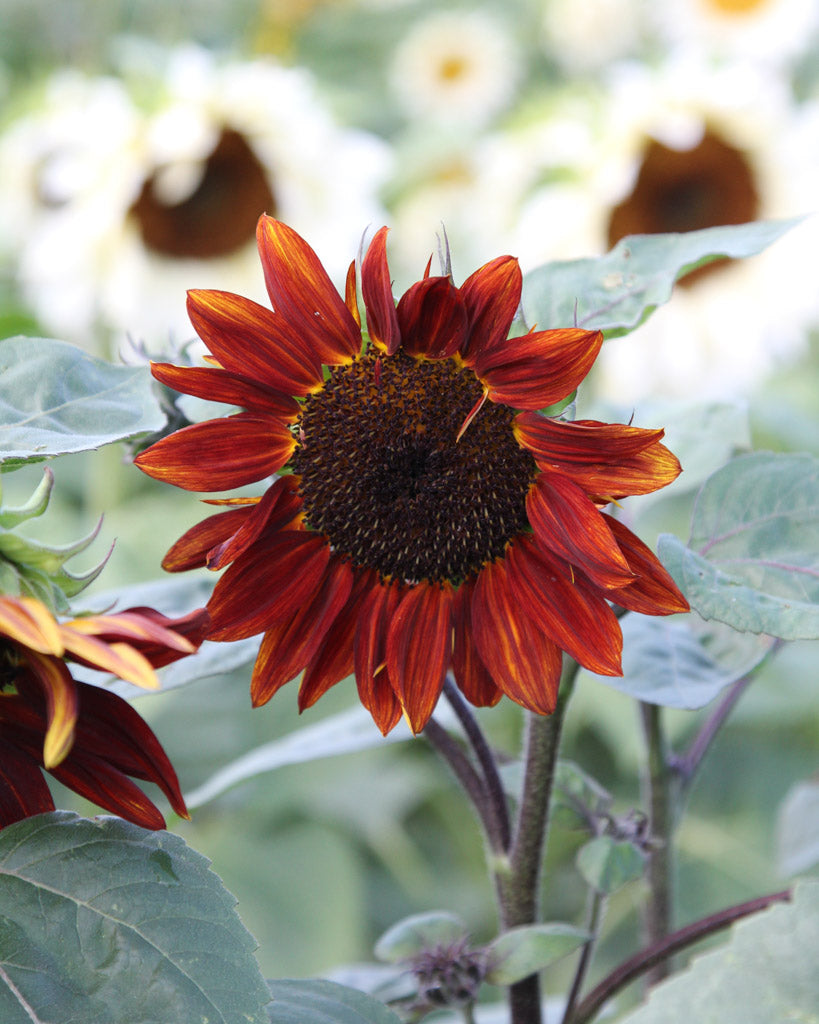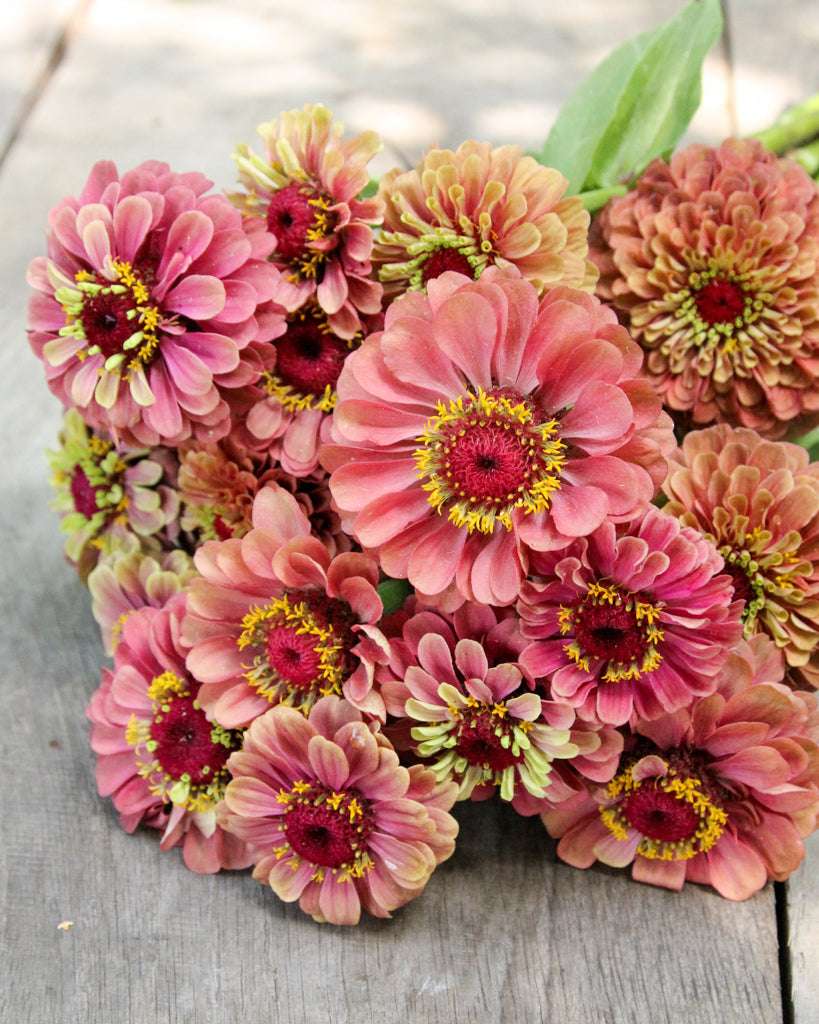Planting winter aconites
If you want to enjoy these small yellow flower stars in your garden from January onwards, you should start planting winter aconites in September.

Winter aconites (Eranthis hyemalis) belong to the buttercup family. Their approximately 2.5-centimeter-wide yellow flowers shine through the snow as early as January. They closely resemble wood anemones, which only bloom from March onward. In addition to their yolk-yellow blossoms, they are also striking for their delicate fragrance, which even attracts the first bees on warm winter days.
September to November is the best time to plant winter aconites. Once the rhizomes are purchased, they must be planted as quickly as possible, as they dry out quickly in the air. It's best to make sure the plant is fresh when purchasing. To ensure the tubers actually grow, soak them in water overnight before planting.
Winter aconites prefer loose, humus-rich, and evenly moist soil and thrive under late-emerging trees in a sunny to partially shaded location. Winter aconites grow poorly under conifers, as the soil is too acidic for them. The knobbly tubers should be planted twice as deep as the tuber is tall and about four centimeters apart.
Winter aconites require virtually no care. They don't need fertilizing. Cut the stems back after flowering; as with all early bloomers, the leaves should only be removed when they have turned yellow and shriveled. In June, winter aconites go dormant, and you won't see them again.
If winter aconites are planted in an ideal location, they self-seed. After two to three years, they bloom for the first time, and over time, a beautiful yellow carpet of flowers forms.
TEXT: Victoria Wegner















